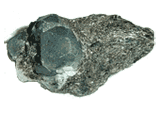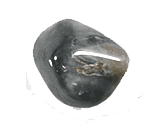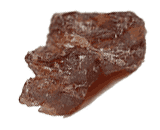| Gemstone Chart |
 Natural Alexandrite Natural Alexandrite
Alexandrite was discovered in 1830 in the Ural mountains of Russia. Alexandrite is also found in Sri Lanka, Brazil, India, Tanzania, Zimbabwe, and most recently in Madagascar. The alexandrite variety of chrysoberyl is one of the rarest and most sought after of all gems.
Color: changing from green to red
Categories: semi-precious stone
Chemical Composition: BeAl2O4
Crystal Group: Orthorhombic
Refractive Index: 1.741 - 1.760
Hardness: 8.50
Density: 3.73
Occurrence: Tanzania, India, Russia, Madagascar, Sri Lanka, Zimbabwe, Zambia
|  Natural Chrysoberyl Cats Eye Natural Chrysoberyl Cats Eye
Chrysoberyl cats eye is a very rare and expensive gemstone which is found in small quantities in Sri-Lanka and Brazil. The cats eye is present because the stone has chatoyancy in its make up and this effect cause the ¡®eye¡¯ which moves as the gem is gently turned .
Color: yellow, greenish yellow, yellowish green
Categories: semi-precious stone
Chemical Composition: BeAl2O4
Crystal Group: Orthorhombic
Refractive Index: 1.741 - 1.760
Hardness: 8.5
Density: 3.73
Occurrence: Ceylon, Tanzania, Russia, Madagascar, Brazil.
|  Natural Spessartite Natural Spessartite
The Spessartite is one of the most popular of all garnets. It is highly desired by collectors, jewelry designers and gem lovers.The sources for gem quality spessartine are Sri Lanka and Brazil.
Color: Orange, yellow, brown
Categories: semi-precious stone
Chemical Composition: Mn3Al2(SiO4)3
Crystal Group: Cubic
Refractive Index: 1.79-1.81
Hardness: 7.25
Density: 4.14-4.20
Occurrence: Germany, Ceylon, Burma, Nigeria, Maevatanana-Madagascar, Isoanala-Madagascar, East Africa.
|
|
